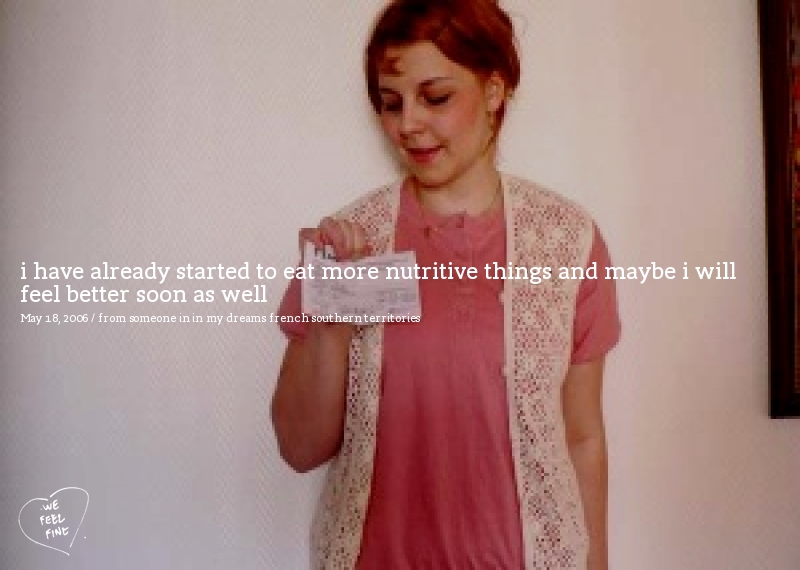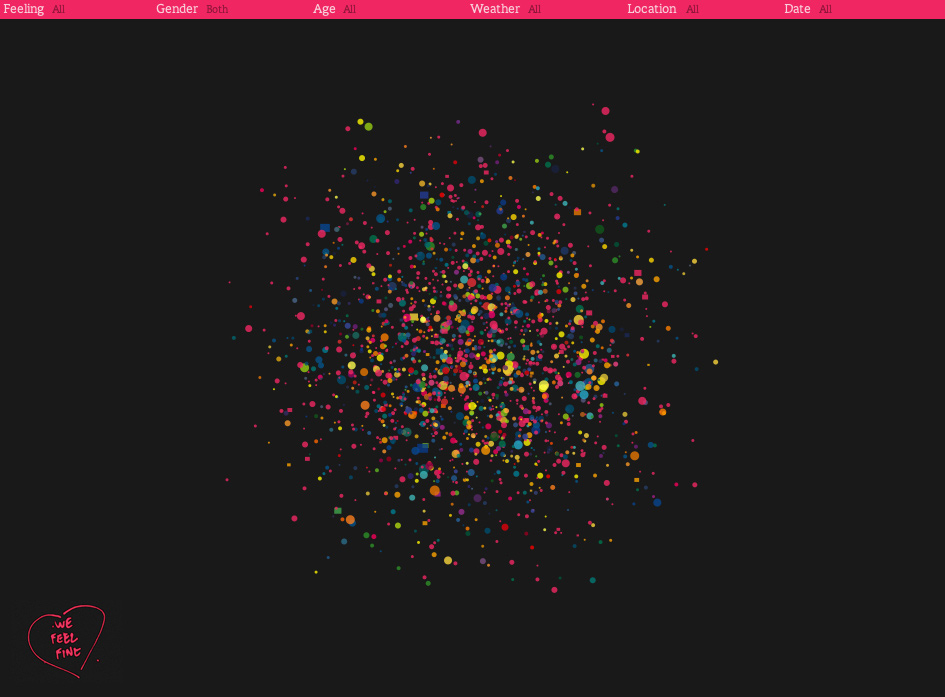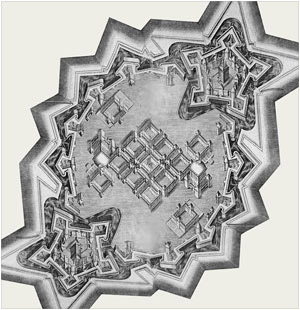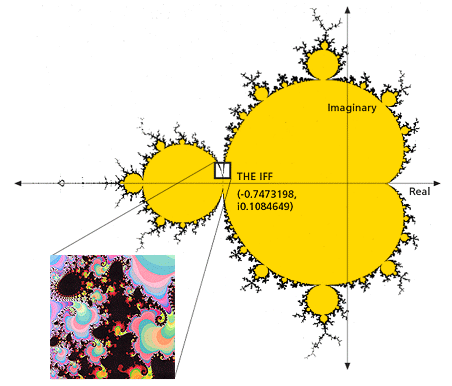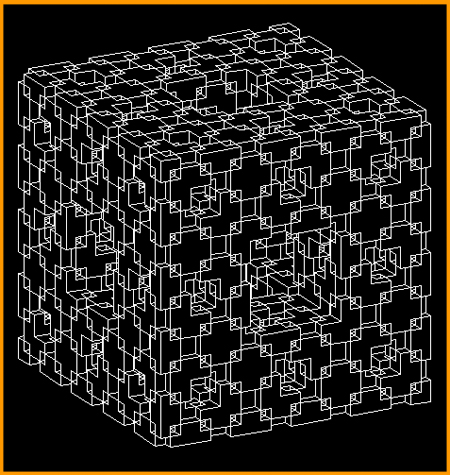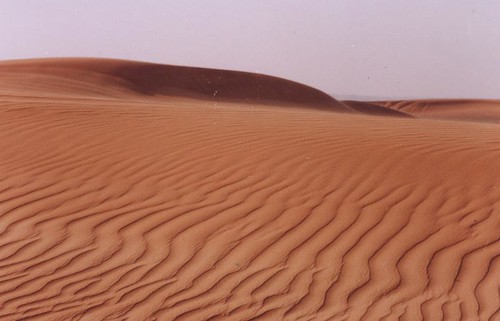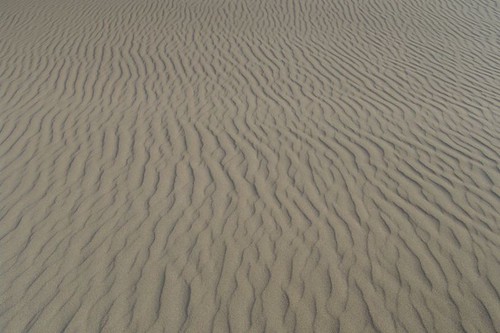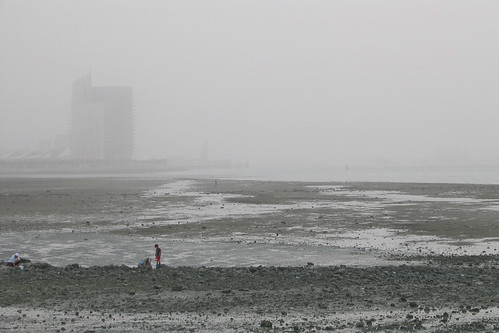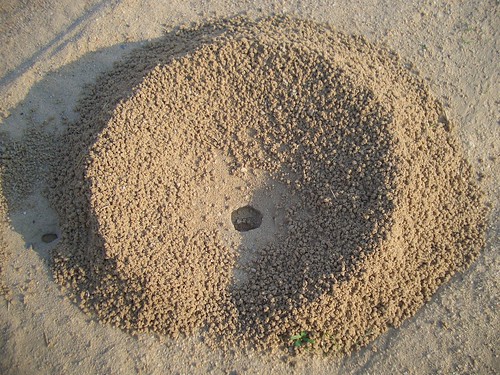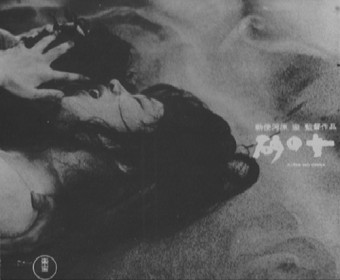Library :: Muffy loves Dust. And Smoke.
"Muffy: Dust is like atmospheric art, temporary drawings on the sky. Dust is how you know where the air is and where the wind is going, even if, on a physical level, you know already, because it has gone into your eyes. Dust sometimes moves with the traffic, stopping at the stoplights and giving way to pedestrians and people on bicycles and purveyors of apples and pears pushing carts of produce. Dust is something you can never catch because once you have caught it, it's no longer dust. It's grime or dirt or feathers. Dust is the roads getting enthusiastic. It is the meaning of carried away. Dust is always carried away. It is easy to be enthusiastic about dust. Sometimes there are huge pieces of dust which you catch and then they turn out to be cardboard boxes. Tiny pieces hide in nostrils all over the city. We could have a giant dust hunt and everyone would find as much as they wanted."
(from The Blindman's Hat by Bernard Cohen, Allen&Unwin, Sydney, 1997)
And here’s what the book says about itself…
"Vernon is an expatriate Australian journalist working in Manhattan for a quality New York daily and Dida is a freelance mobile telephone technician. Muffy is a little white dog, and the world's cutest urban philosopher. When Vernon falls so deeply in love with Dida that he stops going to work to be with her, they could not have predicted his former employers would ask, plead, beg, threaten, kidnap and probably even murder to convince Vernon to return to the workplace. … The Blindman's Hat is Paul Auster with added exuberant silliness, Sara Paretsky stuffed full of red herrings, and Herge overcome with lust."
 The quoted passage completely articulates MoD's feelings for dust. It’s as though Cohen has been eavesdropping on our tearoom conversations.* Now I suppose I'll have to read Cohen to see what else he has to say about our favourite substance...(and you can hold our correspondent Mr J. Williams responsible if this new call on our time forces us to neglect the development of new exhibits and/or the maintenance of existing ones... I’m beginning to suspect that he’s another, albeit particularly cunning, fifth columnist… his dastardly strategy is to distract us from our mission by dangling impossibly attractive clouds of dust and associated material in front of us.**)
The quoted passage completely articulates MoD's feelings for dust. It’s as though Cohen has been eavesdropping on our tearoom conversations.* Now I suppose I'll have to read Cohen to see what else he has to say about our favourite substance...(and you can hold our correspondent Mr J. Williams responsible if this new call on our time forces us to neglect the development of new exhibits and/or the maintenance of existing ones... I’m beginning to suspect that he’s another, albeit particularly cunning, fifth columnist… his dastardly strategy is to distract us from our mission by dangling impossibly attractive clouds of dust and associated material in front of us.**)And another thing… damn those damned Australians -- they're everywhere! If they're not flinging prawns at burning things or taking the piss, they're not letting the dust settle... Cohen seems to have had a sterling career in Australia… and then departed looking for climes more sympathetic to parody. And ideas. Dog alone knows why he decided that it was a good idea to go back…although apparently Wagga Wagga has its compensations. We at MoD hope he finds his way out of there soonest.
 You can read the quote in its original format here -- with the added bonus that I think the page was designed by Muffy herself. >>
You can read the quote in its original format here -- with the added bonus that I think the page was designed by Muffy herself. >>Or visit Cohen’s web site from the top >>
Accompanying photographs by multimedia artist, Ian Rogers aka greynotgrey Flickr site >>
More of his photographs, illustrations and animation at greynotgrey website >>
* We don’t ACTUALLY have a tearoom, or conversations for that matter, but if we did, that’s what they’d be like. Only more articulate and cleverer.
** Of course by ‘us’ I mean me.
Read more>>
 Thumbnails of a Flickr set by Ian Rogers >>
Thumbnails of a Flickr set by Ian Rogers >>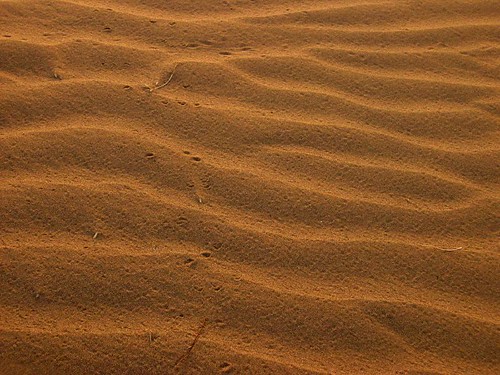



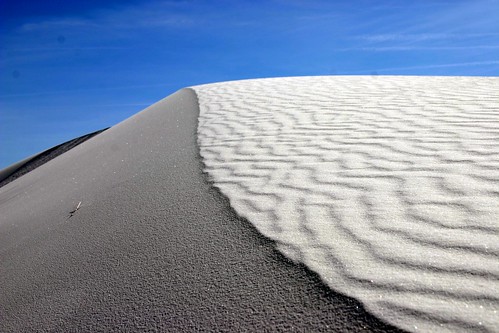

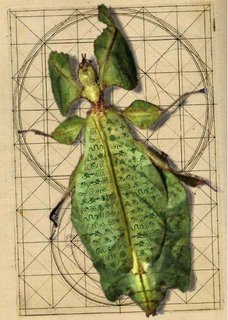






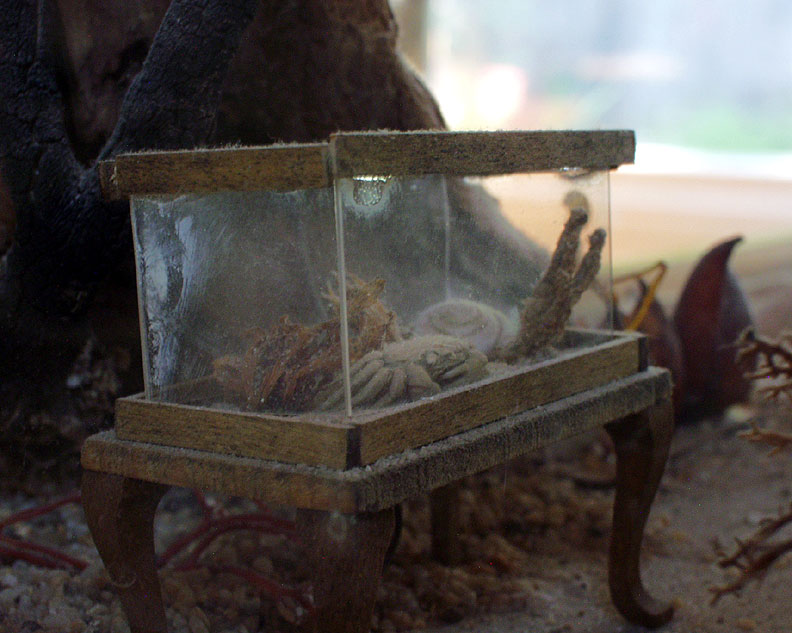
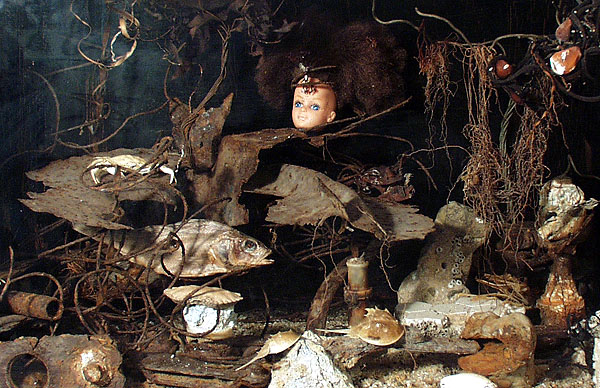

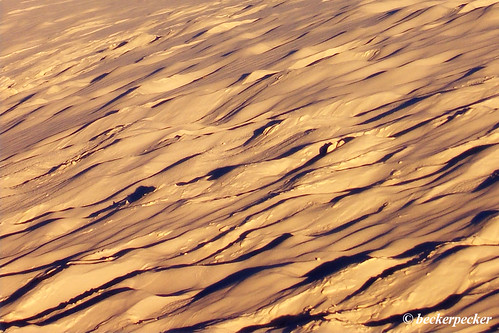





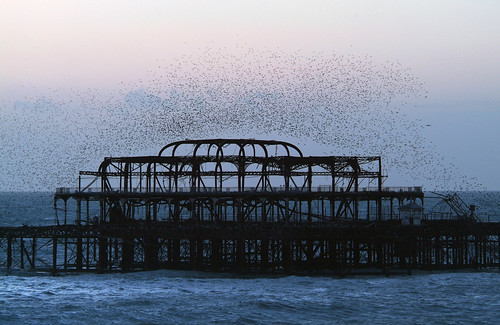
 Photograph by Manuel Presti
Photograph by Manuel Presti